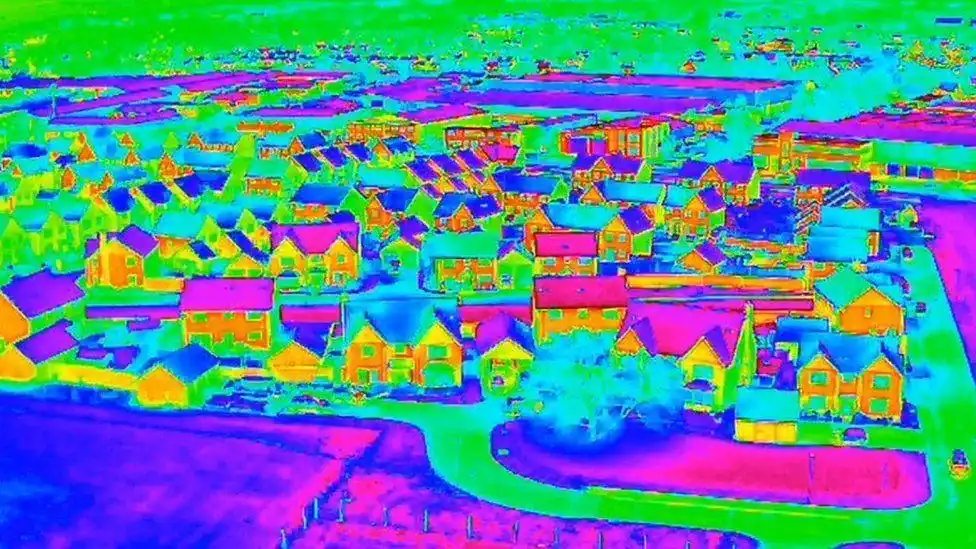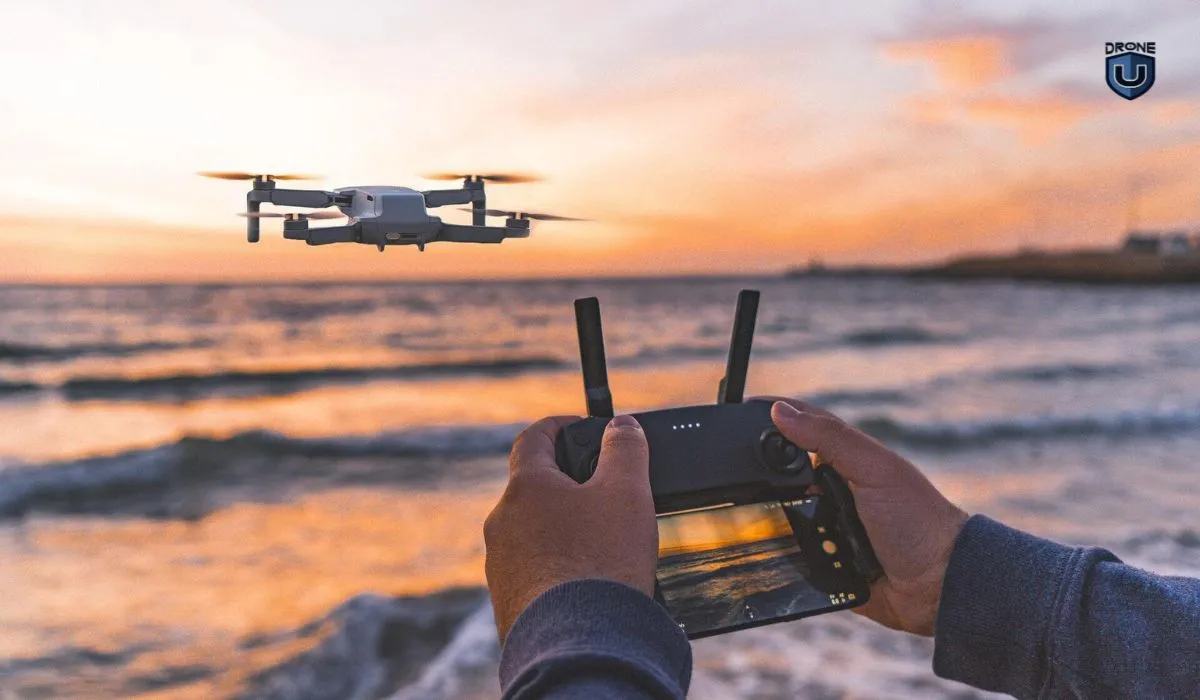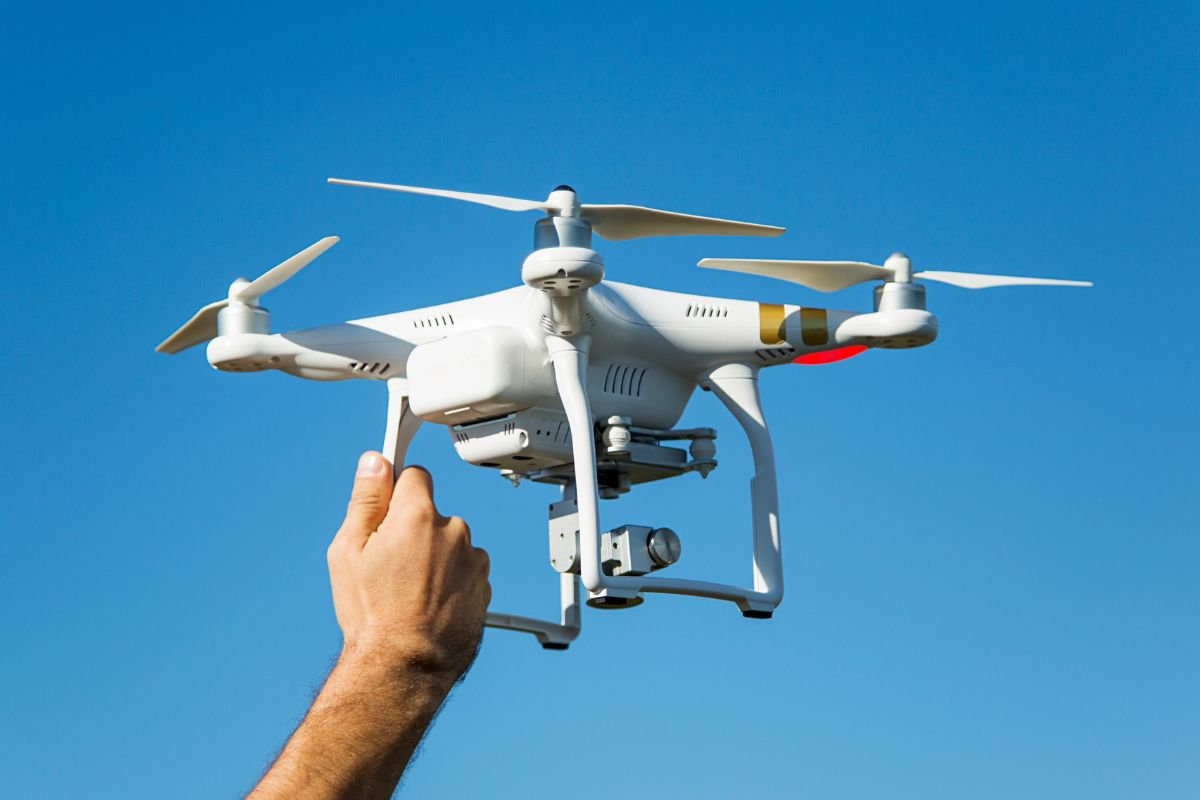Thermal‑equipped drones are transforming routine inspections into data‑rich, high‑efficiency missions. By combining RGB imagery with infrared sensors, pilots can detect heat anomalies in solar farms, power lines, and commercial roofs long before failures occur. Certified thermographers recommend flying pre‑dawn when ambient temperatures are stable, maximizing thermal contrast for accurate hotspot identification. These aerial scans collect gigabytes of geotagged data in minutes, delivering insights that once required scaffold crews and costly shutdowns.
From an engineering standpoint, thermal drones offer quantifiable ROI. Studies published by ASCE show that infrared inspections cut annual maintenance costs by up to 35 % for photovoltaic arrays, while reducing risk to human inspectors. Advanced AI platforms now stitch and analyze imagery on‑site, flagging insulation gaps and moisture pockets with pixel‑level precision. Pilots who pair FAA Part 107 licensing with Level I thermography certification enhance credibility and client trust—key pillars of E‑E‑A‑T—ensuring findings are actionable and defensible.
Trustworthiness also hinges on transparent reporting. Industry best practice is to deliver a layered package: raw imagery, orthomosaic maps, and narrative summaries that contextualize each anomaly’s severity. By archiving metadata and calibration logs, operators safeguard against false positives and facilitate future trend analysis. As regulatory bodies push for resilient infrastructure, thermal drone mapping stands out as a reliable, scalable tool that keeps critical assets running—and communities safe.





